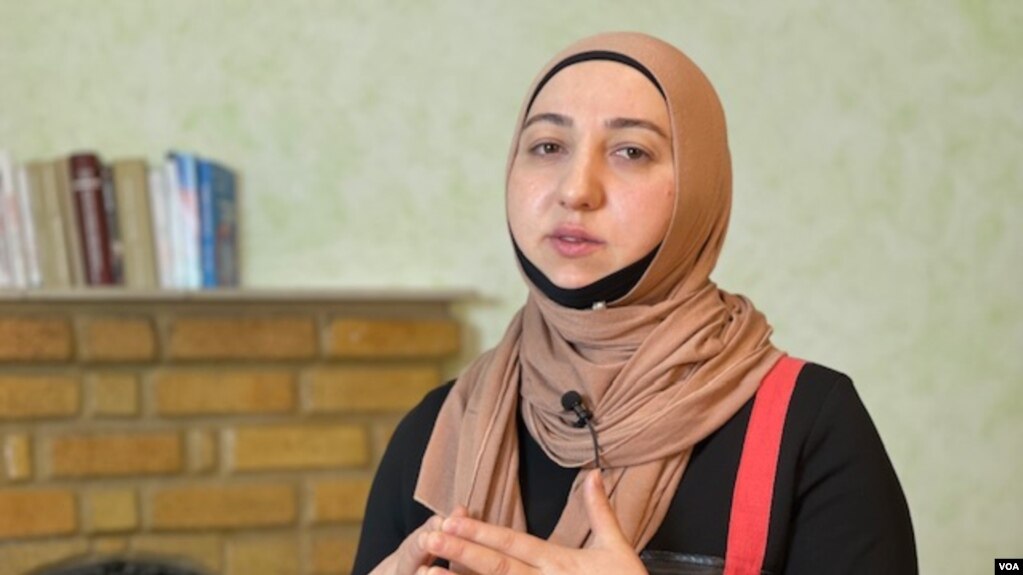NHS staff in England to get 5 per cent pay rise after health unions back deal
2 May 2023,

NHS staff in England are to get a 5% pay rise after health unions backed the deal.
Health unions representing the majority of NHS workers have recommended that a revised pay offer made by the Government should be implemented - with the government saying staff will receive the increased pay from this summer, possibly as early as next month.
The pay deal, first proposed in March, was signed off today at a meeting between the government and the 14 health unions representing all NHS staff - despite opposition from the Royal College of Nursing (RCN) and Unite.
Health and Social Secretary Steve Barclay said: “I’m pleased the NHS Staff Council has voted to accept our pay offer, demonstrating that a majority of NHS staff agree this is a fair and reasonable deal.
“It is now my intention to implement this for all staff on the Agenda for Change contract and where some unions may choose to remain in dispute, we hope their members – many of whom voted to accept this offer – will recognise this as a fair outcome that carries the support of their colleagues and decide it is time to bring industrial action to an end.
"We will continue to engage constructively with unions on workforce changes to ensure the NHS is the best place to work for staff, patients and taxpayers."
Sara Gorton, head of health at Unison, has confirmed she hopes to have an increased pay in nurse's pay packets in June. Speaking following the agreement on Tuesday, she said that the "majority" had agreed to implement the pay offer "as soon as possible".
She also confirmed Steve Barclay is "moving to implement" the pay increase.
The Royal College of Nursing and two other unions are still threatening more strikes.
The RCN needs to carry out another ballot of its members before more strikes can be held. Its six-month mandate expired on Monday when its latest walkout ended.
A separate pay dispute with junior doctor members of the British Medical Association (BMA) is also ongoing.
Matthew Taylor, chief executive of the NHS Confederation, urged ministers to release the money for NHS staff as soon as possible and to ensure that local NHS leaders do not have to cover the increased cost from their existing budgets.
Majority of NHS unions accept pay offer - now what?
Tuesday 2 May 2023

By Lewis Denison, ITV News Westminster Producer
A majority of health unions have accepted the government's latest pay offer, bringing an end to the threat of strikes by most NHS workers this year.
It means the revised pay offer, which includes a lump sum for 2022-23 and 5% for 2023-24, should be implemented, according to a joint statement from members of the NHS Staff Council.
But two major unions are still holding out for a better deal. The Royal College of Nursing says it could stage further walkouts up to Christmas if ministers do not present something better.
Health Secretary Steve Barclay said: “I’m pleased the NHS Staff Council has voted to accept our pay offer, demonstrating that a majority of NHS staff agree this is a fair and reasonable deal."
Due to the complex nature in which NHS pay is agreed, this situation of some unions accepting the same offer others have rejected leaves behind a confusing picture.
Here we explain all you need to know about the NHS pay agreement and what it means for patients going forward.
What is the government's pay offer to NHS workers?
Ministers have made an improved offer to NHS workers in England, other than doctors and dentists, after months of NHS strikes which have caused thousands of appointments to be cancelled.
The new offer includes:
A one-off, non-consolidated payment of between £1,250 and £2,000 for last year
A 5% rise in basic pay for next year (2023-24)
This comes on top of the £1,400 rise in basic pay they have already received for the 2022-23 financial year.
Which unions have accepted the offer and which have rejected it?
The latest pay offer, which the government says is the final offer, was the result of negotiations between Health Secretary Steve Barclay and the UK's 12 major NHS unions.
All those unions recommended their members should accept the offer, except Unite which left said it was unable to do so because it does not believe the lump sum for last year represents a pay rise.
Most of the 14 health unions part of the NHS Staff Council voted to accept the offer, including major groups GMB and Unison, the largest health service union.
But Unite members (52%) rejected the offer, with a turnout of 55%, as did the Royal College of Nursing.
The RCN rejected the offer with a majority of 54% and a turnout of 61%. The Society of Radiographers also rejected it.



:max_bytes(150000):strip_icc():format(webp)/TAL-header-VIVAMAGENTA0123-d53b299baf4149a9858a9248f8b4d734.jpg)
:max_bytes(150000):strip_icc():format(webp)/TAL-tulips-keukenhof-garden-netherlands-VIVAMAGENTA0123-a023051885b44f538a391dd32fff7658.jpg)
:max_bytes(150000):strip_icc():format(webp)/TAL-santorini-greece-bougainvillea-flowers-VIVAMAGENTA0123-4023018818f8497c93f7b55cb50137b0.jpg)
:max_bytes(150000):strip_icc():format(webp)/TAL-lunar-new-year-hanoi-vietnam-VIVAMAGENTA0123-7dbec5d705694289bf18465ce58b30aa.jpg)
:max_bytes(150000):strip_icc():format(webp)/TAL-iceland-northern-lights-VIVAMAGENTA0123-2bb94d18d09a4e3aa94b4876fab0eb9c.jpg)
:max_bytes(150000):strip_icc():format(webp)/TAL-bo-kaap-cape-town-south-africa-VIVAMAGENTA0123-1721e28e300349428200bb4047b82dce.jpg)
:max_bytes(150000):strip_icc():format(webp)/TAL-mysore-india-spice-market-VIVAMAGENTA0123-2262eaf7c9464ddb98a7ccc0cdab0610.jpg)
:max_bytes(150000):strip_icc():format(webp)/TAL-rainbow-mountain-cuzco-peru-VIVAMAGENTA0123-2123c39d8ebb48ecae9a89e85ea423b7.jpg)
:max_bytes(150000):strip_icc():format(webp)/TAL-salt-pans-algarve-portugal-VIVAMAGENTA0123-8d3d7ab09677407ca61ef8de790b2959.jpg)
:max_bytes(150000):strip_icc():format(webp)/TAL-burj-al-arab-jumeirah-dubai-royal-suites-VIVAMAGENTA0123-b859767348b5419fb36e3422b6265df3.jpg)
:max_bytes(150000):strip_icc():format(webp)/TAL-wisconsin-cranberry-marsh-VIVAMAGENTA0123-ca1e11748c3a4ff9bbb91457e8b006eb.jpg)
:max_bytes(150000):strip_icc():format(webp)/TAL-havana-cuba-vintage-cars-VIVAMAGENTA0123-ad60e498e2684be49a6b60ee0a370de2.jpg)





